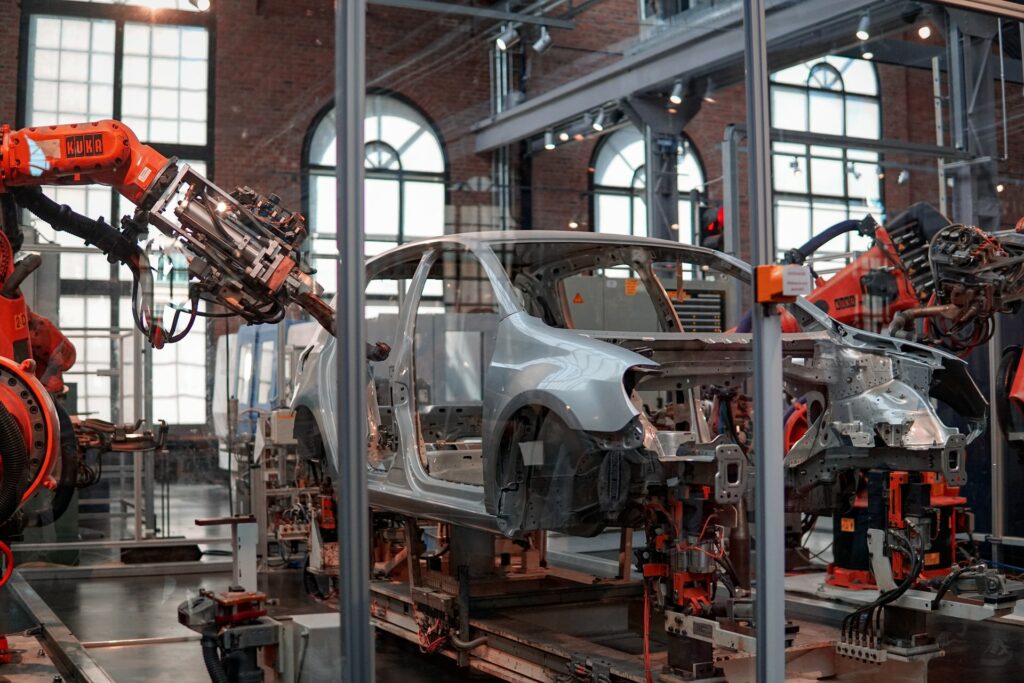Controlling supply chain costs in times of uncertainty

The current COVID-19 situation has become a significant burden on supply chains all around the world, leaving some struggling as they are proving to be less stable than previously thought. Although there was a need to innovate supply chains before COVID-19, this situation shines a light on the importance of a stable and digitally connected supply chain that can withstand sudden changes. Although this transition may sound overwhelming and costly, it has enormous and tangible long term benefits, such as cost control.
How innovation and long term cost savings can go hand in hand
There are various aspects of your supply chain that can be innovated while reducing your long term costs. Firstly, a supply chain that is connected and digitally advanced can improve collaboration between partners. Crucial information can be shared between suppliers, manufacturers, and customers, creating an information flow that keeps all parties involved. There is then increased supply chain risk management as order accuracy increases as products are delivered at the right destination at the right time, minimising costs, and ultimately satisfying the customer’s demands. This can be especially helpful in times where there are unexpected disruptions on the supply side.
Another area where innovation is the key to cost control is when it comes to demand. Demand is increasingly more complex and personalised, and if you want to meet customer expectations, it is vital to carry out production intelligently and cost-effectively. This way, you can optimise your processes, reducing manufacturing costs and time. An integrated and digitally interconnected supply chain also enables more accurate decision-making regarding demand forecasting as there is historical data as well as external data accessible. This allows for improved accuracy as well as optimisation of inventory, resulting in cost reductions.

Artificial Intelligence techniques can help you further reduce your costs by analysing big data and finding inefficiencies throughout your supply chain. For instance, a fully integrated and digitised supply chain can help you improve your transportation logistics. This can be done by enabling and enhancing machine-to-machine communication allowing for optimal order numbers per shipment, ultimately reducing your transportation costs. Thus, automating this process avoids the high costs of poor synchronisation of related activities. Decreasing these inefficiencies is crucial if your supply chain is to be able to withstand external disruptions.
Thus, the upfront investment of an integrated and digitally interconnected supply chain that is focused on your business goals is justified, when considering the substantial long term cost reductions you can achieve in your supply chain